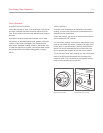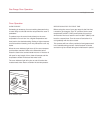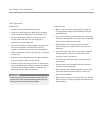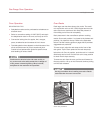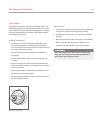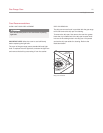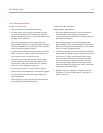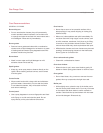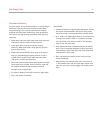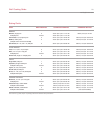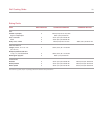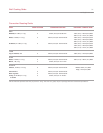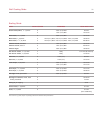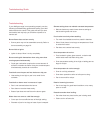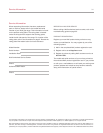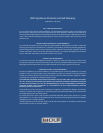
Gas Range Care 28
Cookware Selection
F
or best results, we recommend medium- to heavy-weight
cookware. Pans should have a flat base, metal handle
and good-fitting cover. Look for pans that are made of
materials with good heat conductivity, such as aluminum
and copper. Use the following guidelines when selecting
cookware:
• Select deep pans with high sides rather than ones with
wide bases and low sides to avoid boilovers.
• Cover pans while cooking to improve cooking
efficiency. Water boils faster, using less fuel, and the
kitchen stays cooler.
• Select lower flame settings when using pans made of
cast iron, enameled steel or glass ceramic, or pans
coated with a nonstick finish. High heat may cause
“hot spots”, scorching and burning.
• Pans with oversize bases that extend beyond the range
frame should not be used. On high settings, heat may
be trapped beneath the pan causing permanent
damage to the surface finish.
• For ease in handling, use front burners for larger pans.
• Use a wok with a flat bottom.
BAKEWARE
• Choose commercial or good-quality bakeware. Use the
size of pan recommended in the recipe. Using a pan
that is too small or too large will affect cooking results.
• A 14" (356) x 16" (406) baking sheet is an optimum size
for large ovens and 9" (229) x 13" (330) for the small,
non-convection oven. Allow at least 1" (25) between
edge of pan and oven walls.
• Size, shape and finish of bakeware affects the baking
time. Food on insulated bakeware cooks more slowly.
Food cooked in dark metal pans may cook faster than
food cooked in shiny pans.
• Dark, nonstick pan coatings brown more than light,
nonstick coatings.
• When baking with multiple pans, allow a minimum of
1" (25) between each pan and oven walls. When more
than one oven rack is used, stagger the location of the
pans.



